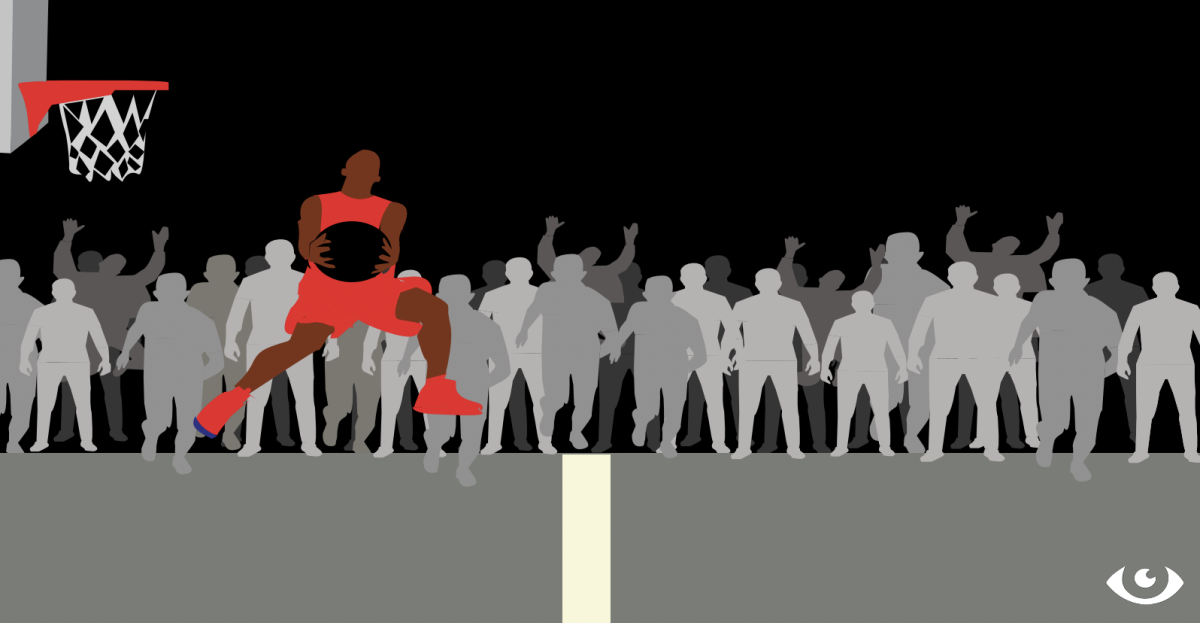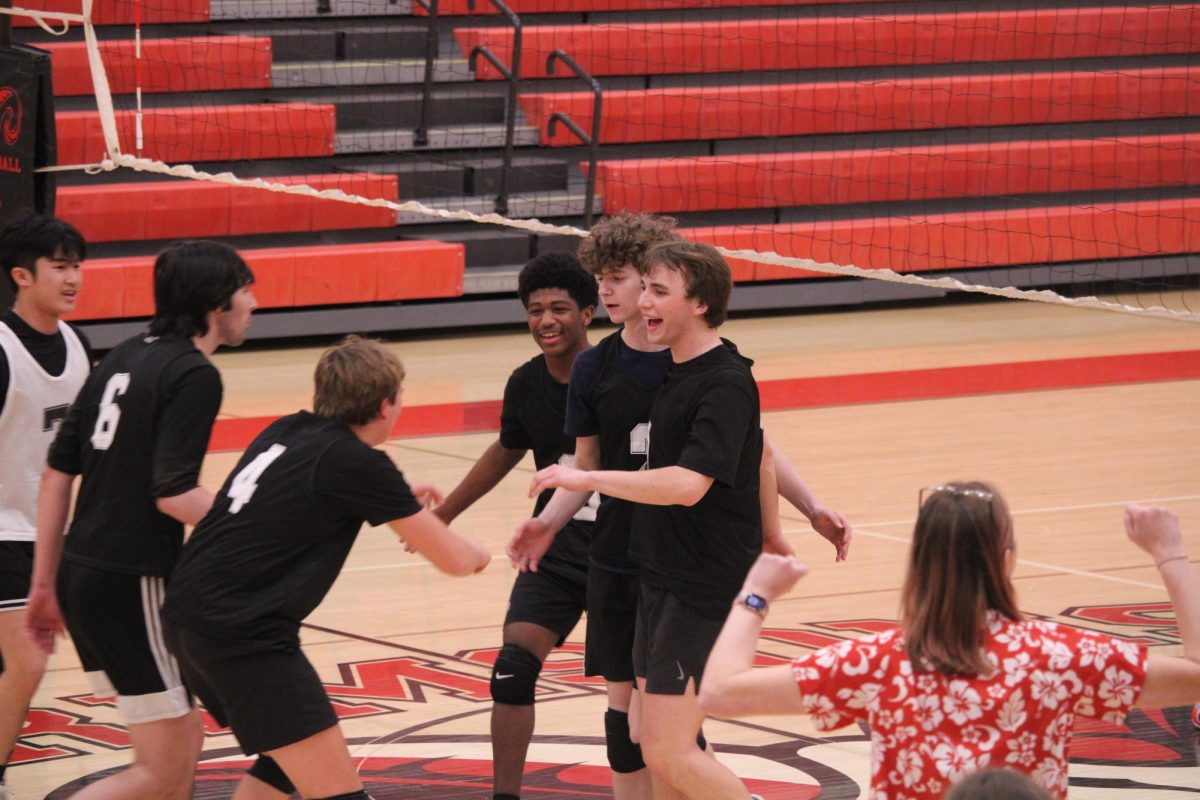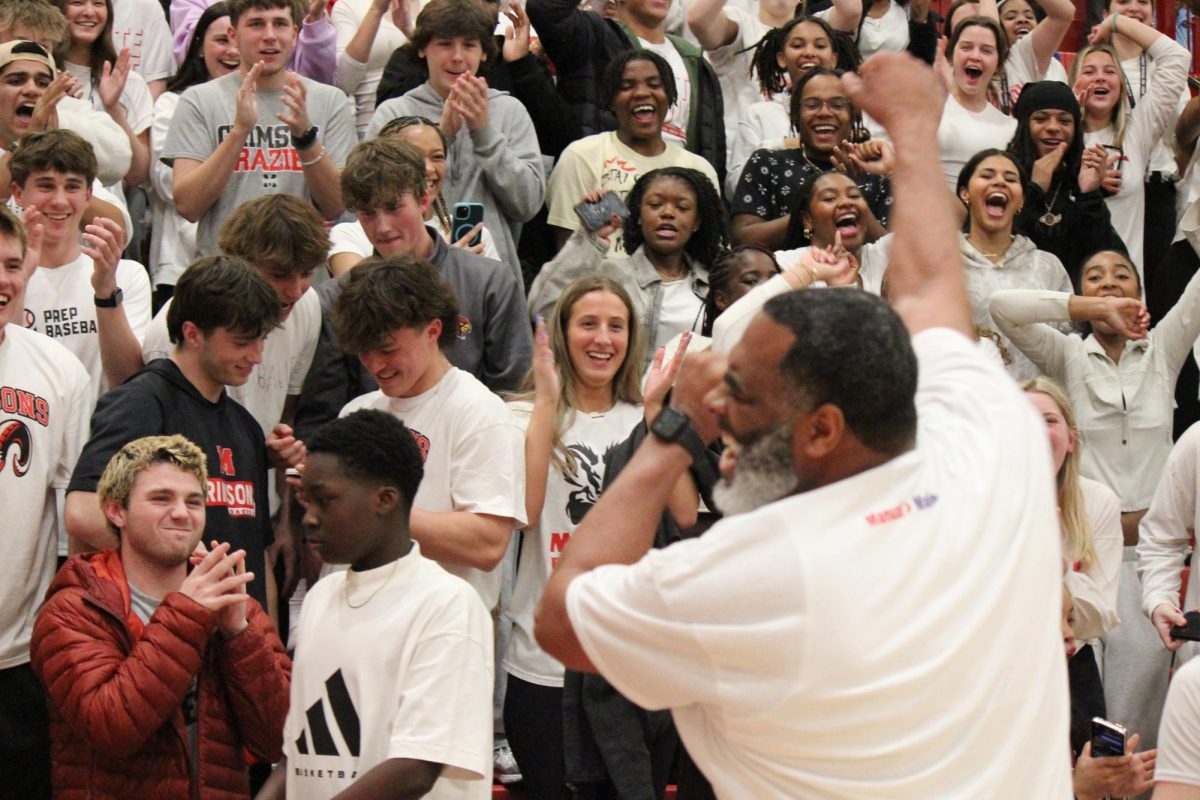There is one second left on the clock and fans in the arena hold their breath. The ball is passed in bounds and is instantly shot in the air….. in the basket it goes! The game is over and the home team just took down a top-ranked team. Fans run onto the court, shouting, screaming and celebrating. They, the team and everybody else watching from home are living in the moment. Nobody wants it to end, but it has to.
Though not an everyday occurrence, these instances happen more often than not. Whenever something like this happens, it is known as court storming. According to the Radford News Journal court storming is “[an] [a]ction that occur[s] when a person or a crowd of people spectating a sporting event run onto the competition area, usually to celebrate or protest an incident, or sometimes as a publicity stunt.”.
Though exhilarating to watch and even more so to participate in, over the past couple of months court storming has become quite controversial and somewhat dangerous.
Earlier this year on January 21, Iowa guard Caitlin Clark had to be helped off the court after fans stormed the court following Ohio State defeating number two ranked Iowa in an epic overtime battle in women’s college basketball.
Over a month later on February 24, Duke center Kyle Filipowski also had to be helped off the court after injuring his knee when fans stormed the court following eighth-ranked Duke’s loss to unranked Wake Forest in men’s college basketball.
On the other hand, fans have also had accidents of their own during court and even, but especially, field storming.
In 2023, after an LSU vs Ole Miss game, where Ole Miss won 55-49, an Ole Miss fan was shoved to the ground by LSU defensive lineman, Jacobian Guillory. Also, in 2022, Alabama wide receiver, Jermaine Burton, hit a woman after she went down to the field after Alabama lost to Tennessee.
As a result, court and field stormings cause issues for athletes, fans and the teams as a whole. After one such field storming, Tennessee was fined $100,000 because fans broke the field access policy.
As such, whenever a court or field storming does occur, the NCAA will order the home team to pay the fine. If court storming happens again and again, the fines increase.
For example, in the SEC, an update in 2023 to court storming offenses “boosted the fines to $100,000, $250,000 and $500,000 for a third and each subsequent offense [and] [t]he commissioner can impose additional penalties [too].”
However, according to College GameDay basketball analyst Jay Bilas, the fines don’t seem to stop court stormings from happening. While talking to “GetUp” host Mike Greenberg, Bilas said, “It goes back to what I’ve been saying all this time, fans don’t belong on the court. And fans may not want to hear that but it is true…It’s really pointless [to talk about] because it is not going to stop. The NCAA doesn’t want it to stop and by the NCAA, I mean the member institutions. They like the visual, they take pictures of it and put it all up throughout their institutions and locker rooms and use it in recruiting.”
“All these institutions say, ‘We’re happy to pay the fine.’ They’re happy to pay the fine for that visual,” Bilas said.
Court stormings weren’t just popularized in the twenty-first century; they go back quite a while. In fact, the Boston Public Library has a photo of fans going onto the field for a goalpost after the 1940 Harvard-Army game.
Court or field storming can happen, even if the defeated team isn’t regarded as a challenging opponent. Most top-ranked teams and basketball powerhouse schools are all too familiar with court storming, like Kansas. Head coach Bill Self expressed that court storming has gotten slightly better only because players are being educated on how to deal with these situations and how to get to the locker room quickly. However, Self does not like that they have to do so.
“I mean, calling a timeout with 15 seconds left and it’s a 10-point game to get guys out of the game, or telling them don’t go out there, stand by the sideline,” Self said. “But even with that, that should not be the responsibility of the visiting team to educate their guys. I don’t like it.”
After the Duke-Wake Forest court storming, Self later went on to say that court stormings should not happen, even at Kansas’ home court, Allen Fieldhouse.
“I would hope they could just totally do away with them. We haven’t stormed a court here. I don’t know if we ever have,” Self said. “I would think the leagues could certainly put stiff enough penalties down on places that do that [to] certainly deter those things from ever happening.”
However, on the other hand, Marquette’s head coach Shaka Smart said that schools and leagues shouldn’t overreact to court stormings happening, noting that they are a celebratory aspect of college sports that create memories – as long as they are done safely.
“Whoever is working in game operations, we just got to make sure that the players are safe, because we don’t want anyone getting hurt,” Smart said. “You look at some of the pictures of like iconic wins with people hanging off goal posts in football or everybody on the court in basketball, so I wouldn’t say a blanket statement you’ve got to get rid of it all.”
Though having been met with harsh opponents and criticism, court storming is yet to be fully banished from taking place. With that said, players, coaches, fans and viewers alike can still expect to see this unique way of celebrating the defeat of a top-ranked team.











